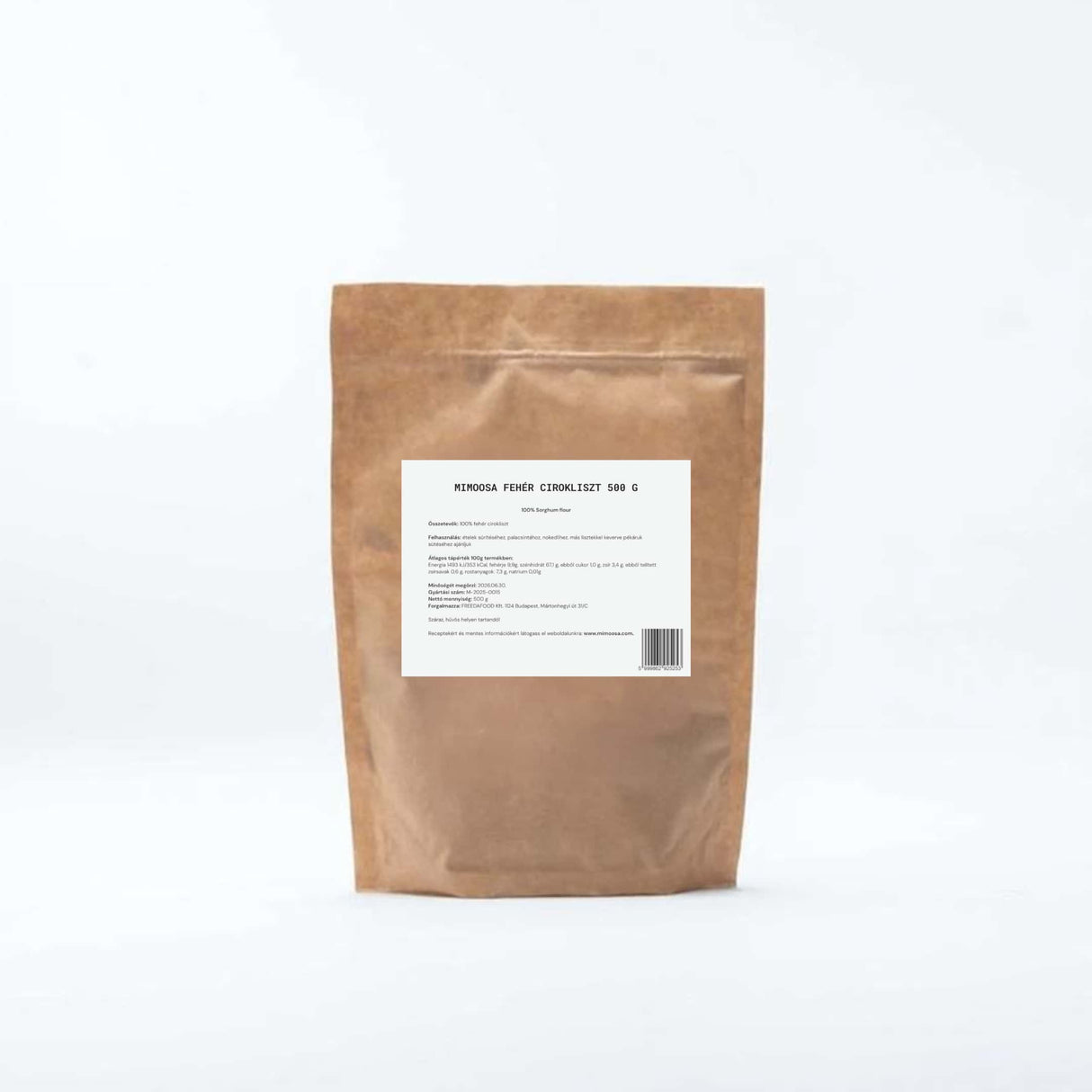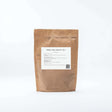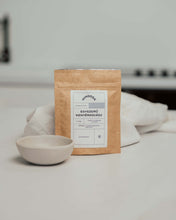Description
Description
Sorghum is one of the oldest cereal grains, with origins dating back over 8,000 years. It was first cultivated on the African savannas and later spread to Asia and the rest of the world. For a long time, it was considered a resilient plant for dry, hot climates — sorghum is remarkably hardy, can survive with little water, and grows well even in poor soils.
In Hungary, sorghum was long used primarily as fodder, but this tradition is changing. Today, as local climates warm due to climate change, edible sorghum fields can be found, some of which are grown under strictly gluten-free conditions.
In traditional African and Indian cuisines, sorghum flour has been used for millennia to make flatbreads (like roti or injera), porridges, and even fermented beverages. Nowadays, health-conscious consumers around the world are rediscovering sorghum — not just as a survival food, but as a modern supergrain.
With the rise of food sensitivities, sorghum is becoming an important ingredient in gluten-free diets. It is rich in fiber, antioxidants, and minerals such as iron and magnesium.
When milled into fine sorghum flour, it can serve as the base for nearly any pastry or bread. It is nutritious, has a neutral flavor, and is easy to work with. Its smooth texture mixes well with other flours, and its neutral taste and good structural properties make it ideal for baking and cooking. Sorghum flour helps produce doughs that crumble less.
It is also suitable for sourdough, making breads not only delicious but easier to digest and healthier.
Specifications
Specifications
-
Energia
-
Zsír
-
- amelyből telített zsírsavak
-
Szénhidrát
-
- amelyből cukrok
-
Rost
-
Fehérje
-
Só
Összetevők
Összetevők
Recept
Recept
Biztonságos fizetés
Fizetési rendszerünk közvetlen és titkosított kapcsolatot használ, így a kártyaadatokat nem tároljuk. Vásárolj nyugodtan - adataid teljes biztonságban vannak.
Fizess kézbesítéskor!
Válaszd az utánvétes fizetési lehetőséget, és rendezd a számlát a csomag átvételekor!




